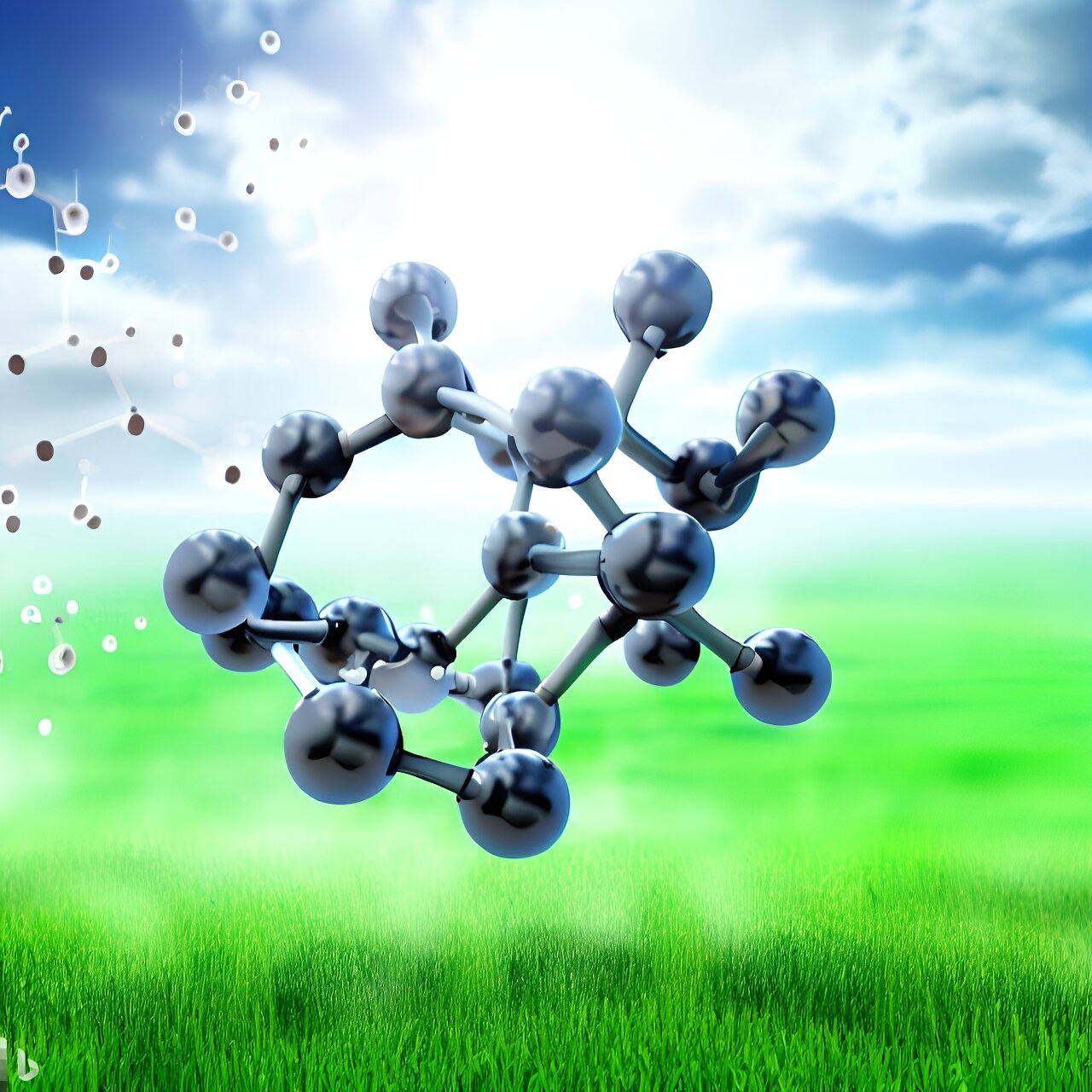Prepare to be amazed! Researchers have made a groundbreaking discovery in the production of ammonia. It turns out that calcium, yes, calcium, outperforms chromium as a catalyst in the creation of ammonia. This unexpected finding has the potential to revolutionize the manufacturing of ammonia-based fertilizers and other essential chemicals.
Calcium’s ability to catalyze the production of ammonia from nitrogen was a complete surprise, according to Yoji Kobayashi, an inorganic materials chemist from KAUST who co-led the research. Currently, industrial ammonia production relies on an iron catalyst, but this process requires high temperatures and pressures. That’s why scientists have been searching for alternatives.
“Traditional ammonia synthesis catalysts work well with ruthenium, iron, or cobalt, but not with other early transition metal compounds like chromium,” explains Kobayashi. However, recent discoveries of more effective hydride catalysts based on titanium, vanadium, and chromium have reignited the search for new ammonia catalysts.
Kobayashi and his team stumbled upon a new chromium nitride hydride material that also contained calcium. They decided to investigate further, using a combination of experimental and computational methods to understand the catalyst’s mechanism.
“For the computational chemistry, we collaborated with Luigi Cavallo’s group in the KAUST Catalysis Center,” says Kobayashi. The catalyst, with the formula Ca3CrN3H, has a complex structure. “We had to examine each possible reaction site to determine if nitrogen conversion to ammonia is possible,” he adds.
The results of the analysis were astonishing. “What surprised us the most was the role of calcium,” says Kobayashi. “The N2 molecule binds to a trio of calcium atoms on the catalyst surface and is then hydrogenated to become ammonia. The chromium atom, which was expected to be the star of the show, actually plays no direct role in activating the N2 molecule for conversion to ammonia.”
Although the catalyst’s activity for ammonia synthesis is relatively low, this discovery opens up a new avenue for exploring catalyst materials beyond the transition metal elements that were previously thought to be essential for this reaction. “There are many other inorganic structures with similar atomic arrangements that we could examine,” says Kobayashi. “Our study demonstrates that with a little creativity, the range of effective catalyst materials can always be expanded.”








